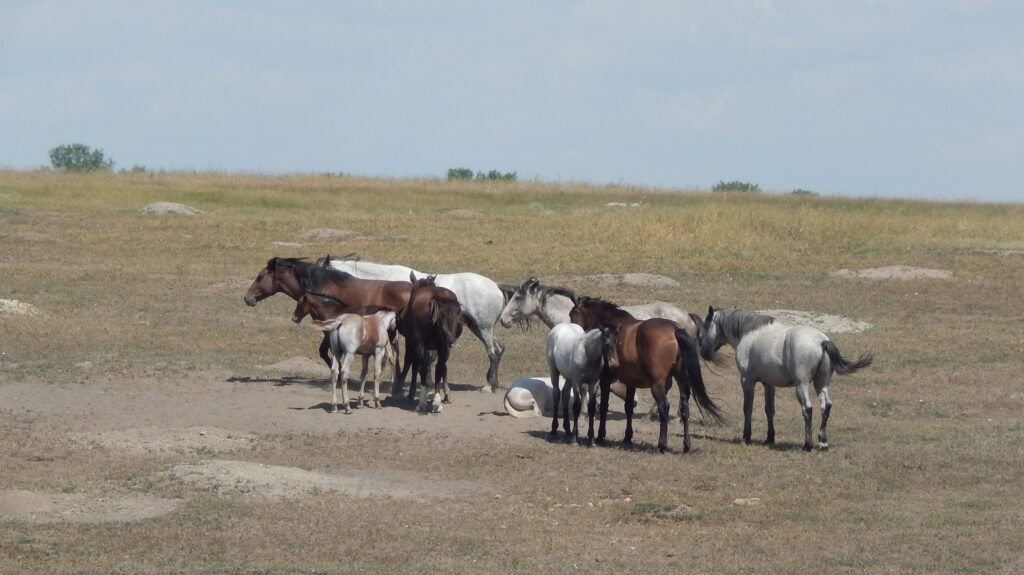
Abnormally hot, dry weather conditions can cause droughts that pose unique challenges for horse owners. Even short-term drought can create a harsh environment that stresses both horses and their pastures. Horses grazing in sparse, drought-stricken pastures can face disastrous results. It’s crucial to be extra attentive to your pastures and your horses during drought conditions.
Healthy Habits for Horses During Drought
“If you use natural sources for your water, obviously you worry about it getting low,” says Kris Hiney, PhD, an assistant professor and Equine Extension Specialist for Oklahoma State University’s Department of Animal and Food Sciences. “You must regularly check for water availability. However, what I think about when there are high temperatures, and a lot of evaporation, is you have to careful about blue/green algae. It can be toxic.”
Hiney prefers horse owners use fresh water to keep horses hydrated. However, the heat on watering tanks can also substantially increase when it’s hot, so horse owners must be much more vigilant about refilling water buckets and tanks.
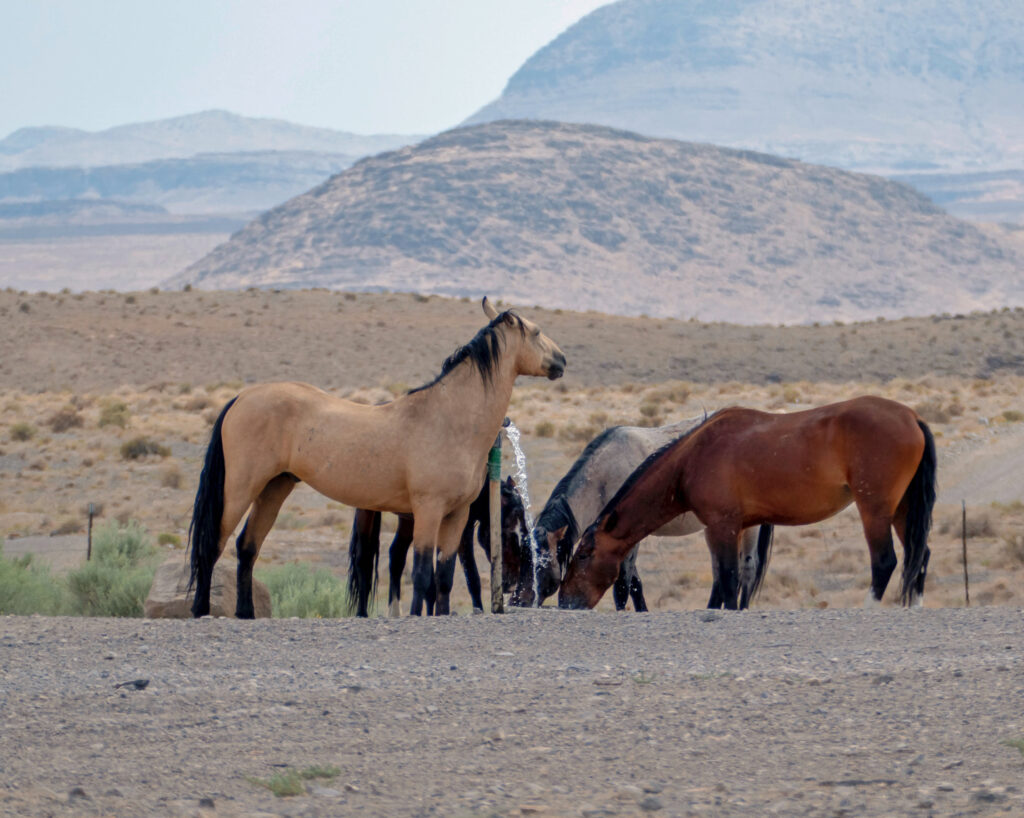
Pasture Problems During Drought
Horses can graze very low to the ground when a lack of moisture suppresses vegetation growth in a pasture. Overgrazing close to the ground can cause horses to ingest more soil material. Consuming soil poses risks such as obstruction hazard if a horse ingests a stone, or sand colic if the soil contains a lot of sand.
When vegetation becomes sparse, Hiney says horses might also start grazing a little closer to latrine areas that they would normally avoid. If so, they are at risk of picking up more parasites. Besides the risks for horses, there’s also a danger of severely damaging the pasture.
“You really need to keep an eye on what’s happening in your pasture in drought conditions,” Hiney says. “Normally, in the summer, I’m not feeding hay, which saves on my hay budget. But, if you overgraze pastures in a drought, think about how long it takes for pastures to recover. If you have to reseed and try to reclaim pasture that’s been really stressed, all that input cost adds up.
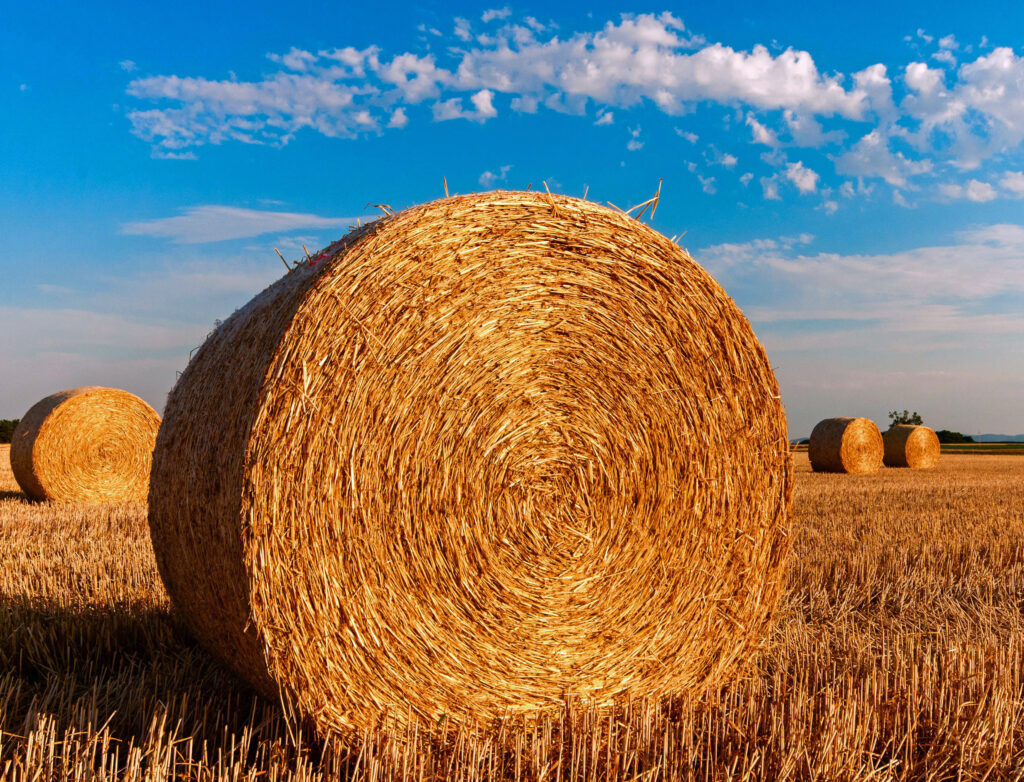
It may seem a little more economically painful at the time, but you’re better off using some of your hay supply to preserve the longevity of your pasture,” Hiney continues. “It can’t handle two stressors at the same time, being overgrazed and underwatered. Think about your pasture as a valuable resource you want to protect. I think that’s the biggest lesson. If you overuse it, it can take years to get it back.”
Hiney suggests contacting a hay supplier sooner when it’s hot and dry because hay sources often become limited. Also, don’t forget to figure the additional expense into your hay budget for the year. A little preplanning helps you be prepared to pay a bit more than usual.
Grazing Weeds and Toxic Plants
When grasses go dormant, weeds may not because many weeds tend to be more resilient than grasses. Your horse may be ingesting more weeds than usual, some of which might be toxic.
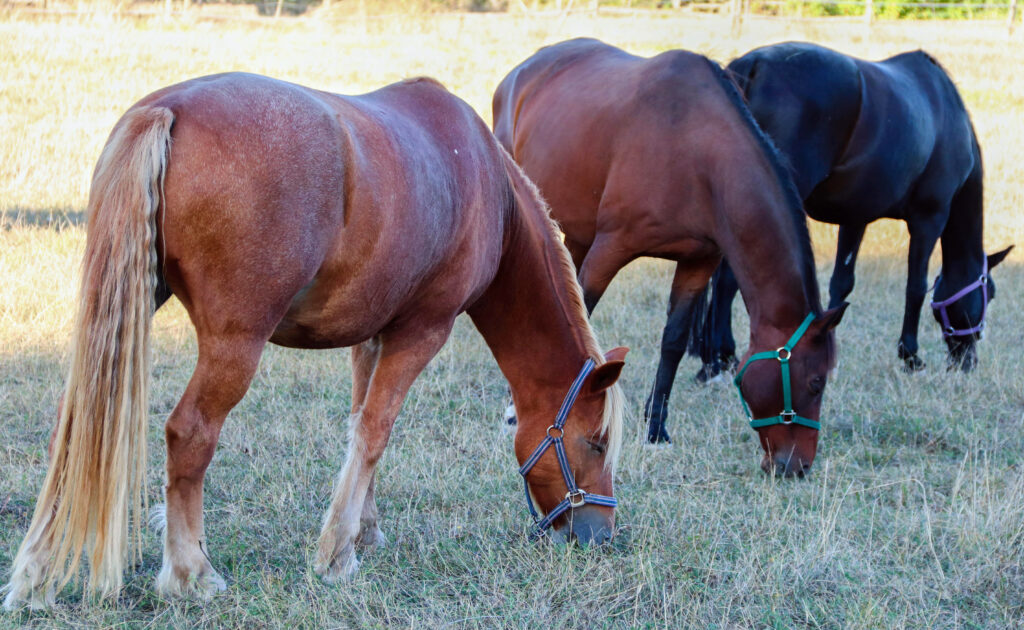
“There are also some plants that become more toxic during drought conditions,” Hiney says. “We tell people to avoid the sorghums. Those plants when they’re stressed can be potentially more toxic to horses.”
If horses come off pasture and are restricted to a dry lot, take a close look at your fence lines and the weeds growing along them. The horses aren’t going to be happy about life without any greens to graze, even if you’re feeding them hay. They’re going to try reaching over and under the fence.
“Is there a hotwire that’s functioning?” Hiney asks. “What’s the two-feet buffer like from the fence? Have you cleared that and are there any weeds? Birds poop out seeds on the fence. That’s why you get such a different variety of weeds along the fence line versus in the pasture. Plus, fence lines are kind of protected from being mowed or eaten. You really want to pay attention because your horses are going to be reaching for a snack.”
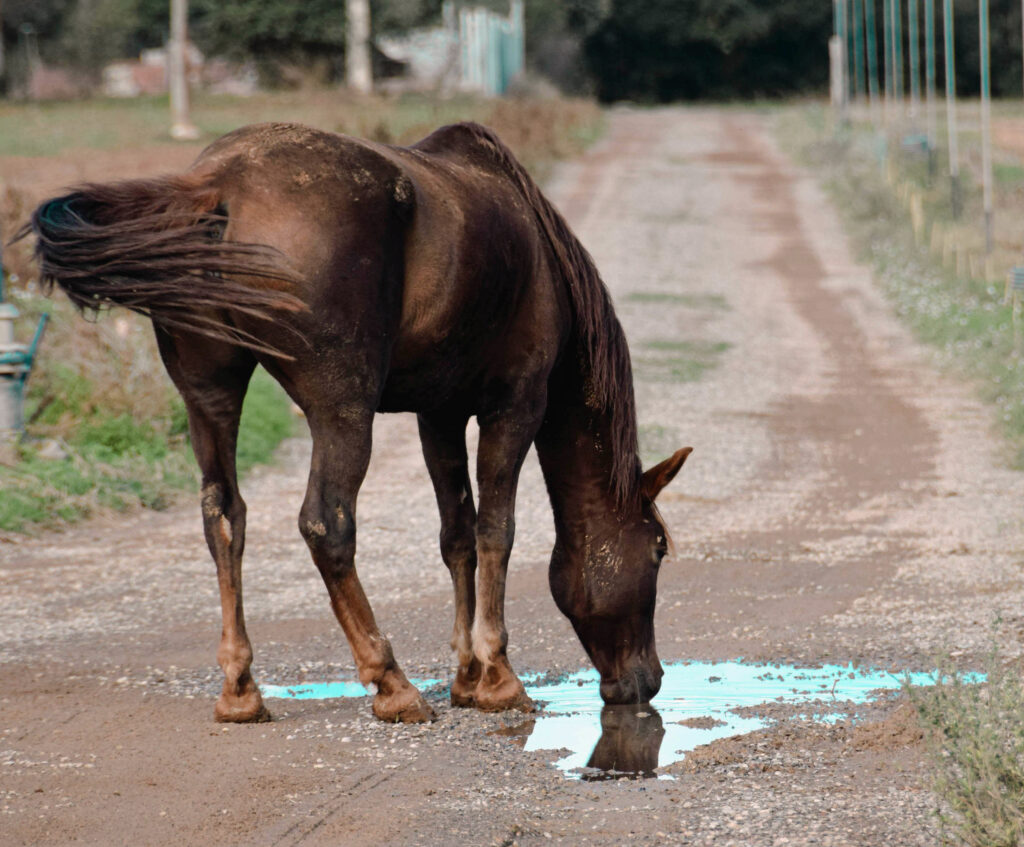
Watch out for signs that your horse may have ingested a toxic plant. Unusual salivating, blisters in the mouth, or an alternation in the GI tract, such as diarrhea, could indicate they got into an irritant. Altered motor functions, lethargy, and holding the head differently can also be signs of nervous system trouble. Other possible signs include elevated heart rate, pale gums, labored breathing, and colic.
Exercising Horses in Drought
Besides humans and primates, horses are the only mammals that cool themselves primarily by sweating. During hot, humid weather, sweat doesn’t evaporate, and a horse’s body doesn’t cool down as it should. If you’re exercising your horse when it’s extremely hot, heat stress can lead to heat exhaustion or even life-threatening heat stroke.
“If it’s hot and you’re riding, you really have to worry about heat exhaustion,” Hiney says. “Really pay attention to their respiratory rate and heart rate when you’re riding them. If they’re not recovering, stop riding. Get up early to ride. Even if you try to ride late in the evening, it takes a long time for the heat to dissipate, so early morning is going to be your best chance to be able to exercise horses somewhat normally.”
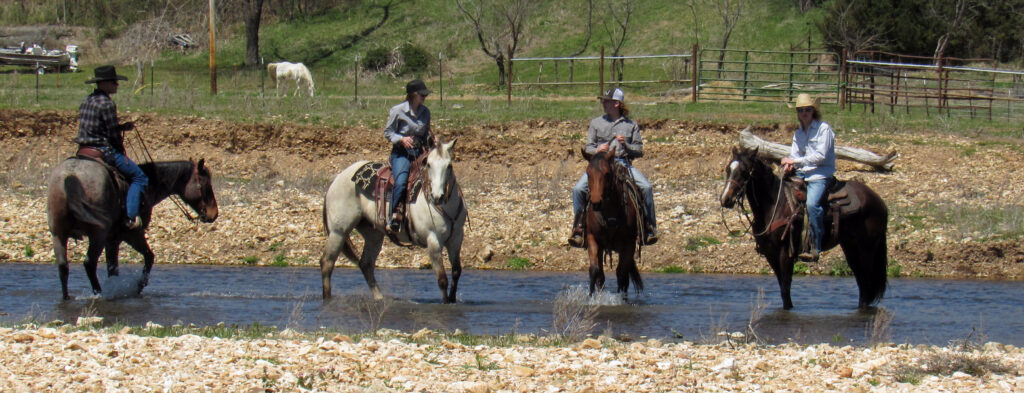
Horses typically drink between 5 and 10 gallons of water daily. On extremely hot days, their water intake can double, even without exercising. When horses sweat, they lose water containing much higher amounts of electrolytes than humans, so it’s critical you replace them.
“They’re losing lots of water and electrolytes,” Hiney says. “We want to make sure there’s a source of salt at a minimum. If it has been really hot, and we’ve been exercising them, I’d definitely recommend doing a little electrolyte replacement.”
This article about horses during drought appeared as an online exclusive of Horse Illustrated magazine. Click here to subscribe!




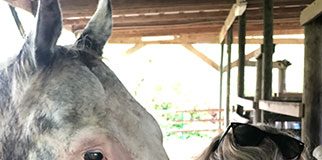

I think this is a great article! It is really important for horse owners to be aware which plants are toxic! Equine poisoning cases happen more often then people realize…There is actually a toxic plants chart specifically for horses which recently came out last month which is for sale on Etsy – https://www.etsy.com/listing/1235228902/toxic-plants-horses-chart-horse-owner